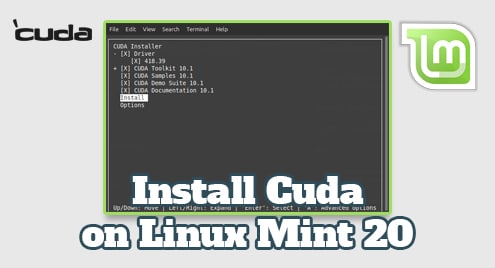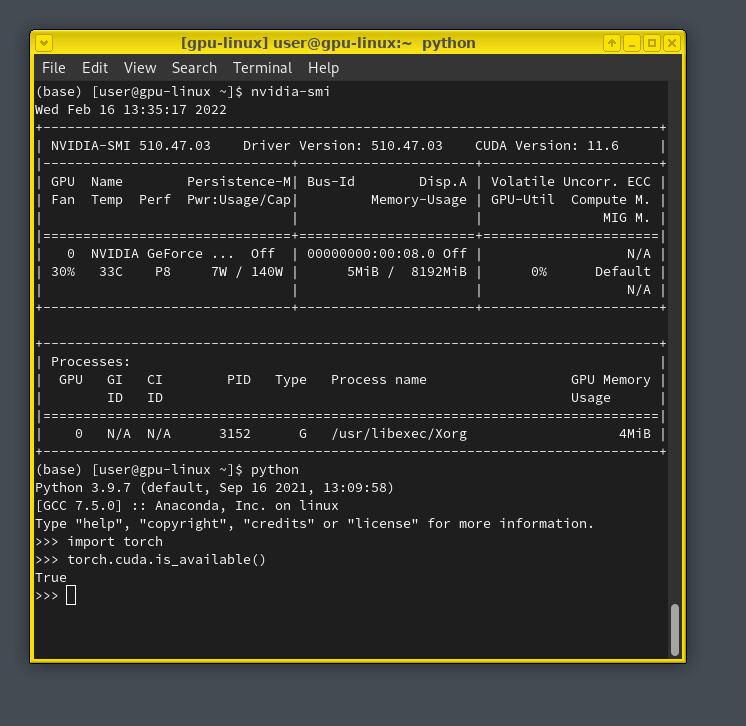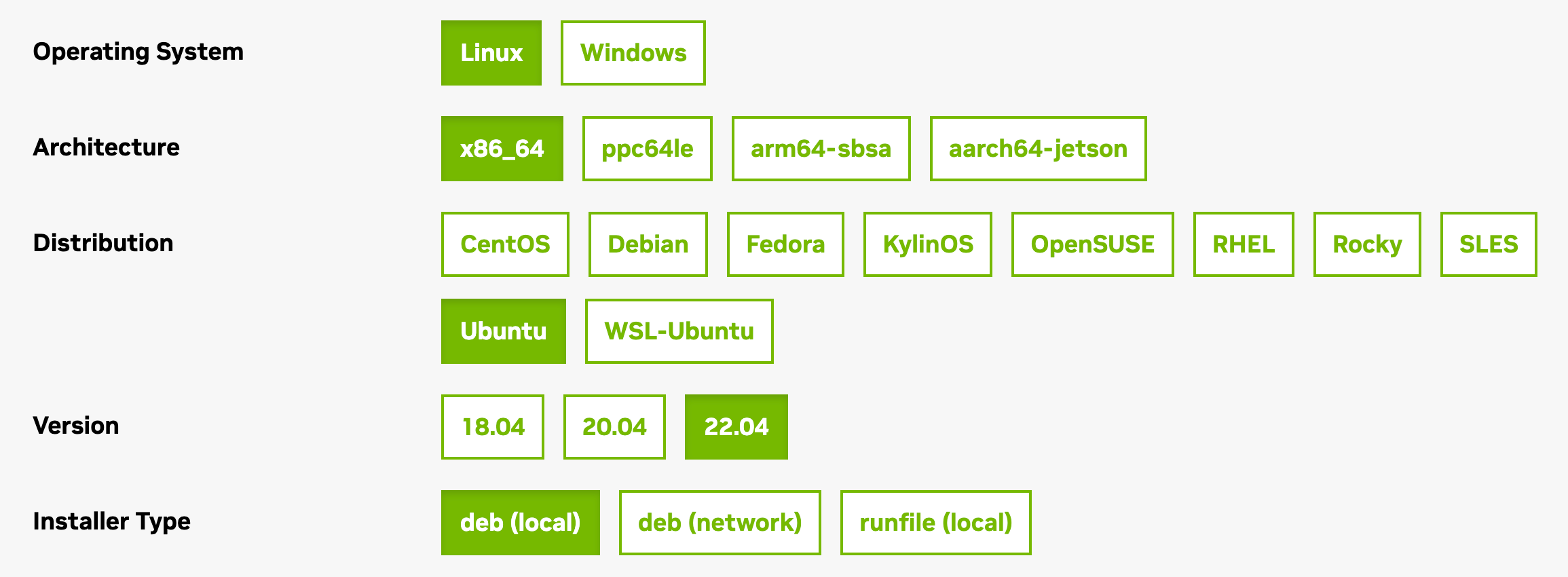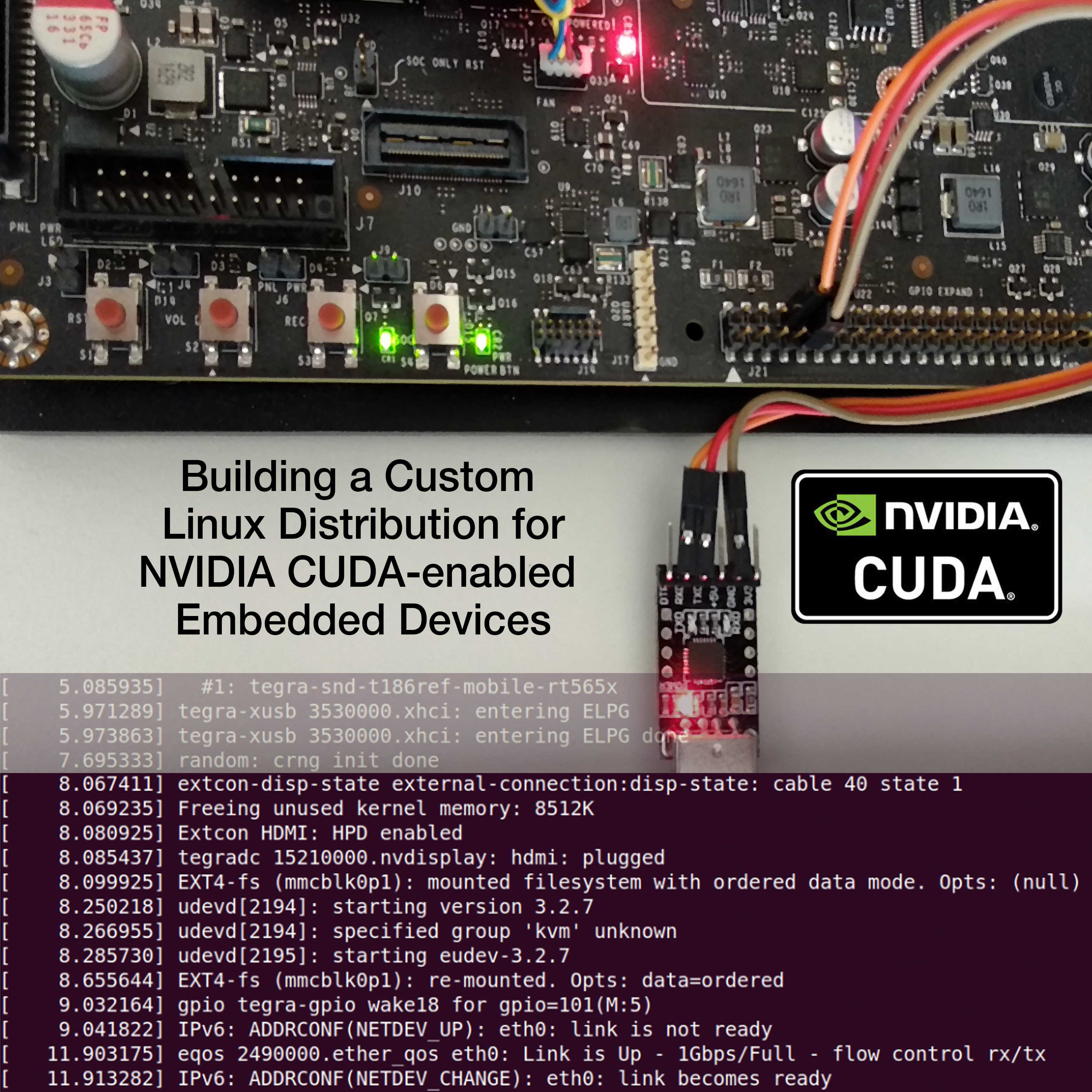Roads & PavementRoads & Pavement
Barefoot
Minimal
Low
Medium
High
Maximal
All around running shoes offer comfort and cushioning for daily runs, jogs, walks, and long mileage. They offer enough versatility for both faster and slower runs and are a great option for those who want one running shoe to do it all.
Fast run or uptempo running shoes are lightweight and responsive. They offer streamlined designs that have minimal uppers and offer a high level of energy return. These shoes are a great option for faster runs in the week or those looking for a livelier experience.
Max Cushion shoes offer premium cushioning with ample ground protection and a stable ride. These types of shoes provide abundant impact protection that softens landings while running at any pace or distance. These types of shoes are best for slower recovery runs and easy days where comfort takes priority.
Racing shoes are designed with optimal performance in mind. These types of shoes have snug-fitting uppers, energetic midsole foams, and features implemented for maximum efficiency. These types of shoes are best for runners looking to gain the ultimate advantage in races but may sacrifice some durability and comfort.
Gym Workout shoes offer a stable and versatile ride. They have a firmer underfoot feeling that provides stability for lateral movements with comfortable uppers. These types of shoes are best for trips to the gyms, cross training, casual wear, and light running. Nvidia Cuda Compiler not showing up in Linux 22.04 Linux
Road running shoes feature smooth outsoles that are designed for running on paved surfaces such as roads, sidewalks, and bike paths.
Designed to handle most trail runs, these shoes prioritize comfort and a smooth ride. These shoes are great for anything from smooth singletrack, park trails, and fireroads making them ideal for those who run from their doorstep on streets before hitting the trail.
These shoes are best used for hard, rugged trails such as shale, granite or sandstone where grip on smooth surfaces and underfoot protection are important.
Designed for use in muddy, soggy conditions, these shoes feature very aggressive outsoles that dig deep into soft ground for exceptional traction.
These shoes feature technical outsoles designed to grip snowy and icy trails making them ideal for winter trail running.
Cushioning level, or stack height, refers to how much shoe is between your foot and the ground. For this category, we reference the amount of cushioning below the forefoot as the heel height will be equal to or greater than the forefoot height.
NVIDIA GPU passthrough into Linux HVMs for CUDA applications
0-13mm. The Shoe generally does not have a midsole and feels like there is no cushioning. This shoe is all about feeling the ground underfoot.
14-18mm. The shoe has a thin midsole that allows for a natural running experience. Racing shoes and minimalist shoes are common here. These shoes offer a feeling of being connected to the road or trail.
19-23mm. The shoe has a slightly cushioned feel and may feature added cushioning technologies. Performance training shoes and some trail shoes are common here. These offer protection during footstrike but prioritize a lightweight, grounded experience.
24-28mm. These shoes have a stack height that fall near the middle of the spectrum.The shoes in this category are verstaile and great for all types of runs and distances.
29-34mm. The shoe has a thick midsole and ample cushioning. These shoes are highly protective and absorb more impact than the body.
35mm plus. The shoe has an extremely thick midsole and extra cushioning. The focus is on protection and soft foam underfoot with hardly any ground feel.
Neutral shoes support the foot through a normal range of arch collapse and generally do not have a built-in technology to correct movement.
Stability shoes are a great option for those who overpronate or need added support. These shoes help to limit the inward rolling motion of the ankle while running or walking and assist in guiding the foot straight through the gait cycle. Install the NVIDIA CUDA Toolkit on GPU Compute Instances Linode Docs
Product Details:
Install CUDA and CUDNN on Windows Linux TECHZIZOU shop, Simplifying CUDA Upgrades for NVIDIA Jetson Users NVIDIA shop, Cuda Linux Clion Configuration CUDA Programming and Performance shop, How to install cuda nvidia drivers for Ubuntu on CREODIAS shop, How to Install CUDA on Ubuntu 22.04 Step by Step Cherry Servers shop, CUDA Compatibility NVIDIA Data Center GPU Driver Documentation shop, How to install CUDA Toolkit and cuDNN for deep learning shop, Howto Install NVIDIA CUDA 11.5 on Linux Mint 20.3 20.2 shop, Arch Linux Nvidia CUDA cuDNN TensorRT shop, CUDA Installation Guide for Linux shop, Installing Nvidia CUDA 8.0 on Ubuntu 16.04 for Linux GPU Computing shop, linux CUDA documentation does not mention compatibility shop, Install CUDA and CUDNN on Windows Linux TECHZIZOU shop, Nvidia Cuda Compiler not showing up in Linux 22.04 Linux shop, Performance difference of CUDA in Windows and Linux CUDA shop, Arch Linux Tutorial Cuda Cudnn and Tensorflow GPU shop, How to Install NVIDIA CUDA Toolkit on Ubuntu shop, How to Install CUDA Toolkit on Linux Mint 21 or 20 LinuxCapable shop, Custom Linux Distro for NVIDIA CUDA Devices shop, Install the NVIDIA CUDA Toolkit on GPU Compute Instances Linode Docs shop, NVIDIA GPU passthrough into Linux HVMs for CUDA applications shop, Nvidia Cuda Compiler not showing up in Linux 22.04 Linux shop, Install Cuda on Linux Mint 20 LinuxWays shop, Nvidia Cuda Compiler not showing up in Linux 22.04 Linux shop, Cuda Sasecurity Wiki Fandom shop, How to Get the Version of CUDA Installed on Linux shop, Install the CUDA Driver and Toolkit on Linux by David shop, How to install CUDA on Ubuntu 20.04 Focal Fossa Linux Linux shop, How to Get the Version of CUDA on Linux 3.11 Distroid shop, How to Install NVIDIA CUDA Toolkit on Ubuntu 22.04 or 20.04 shop, CUDA Installation Guide for Linux shop, Install CUDA 10.1 without APT repository on Linux Mint 19.3 shop, Updating the CUDA Linux GPG Repository Key NVIDIA Technical Blog shop, Installing any version of CUDA on Ubuntu and using Tensorflow and shop, How Can I Check My Check My CUDA Version in Linux Automatic Addison shop, How to find the NVIDIA cuda version nixCraft shop, CUDA Setup on Ubuntu. You have just created a VM we want to by shop, drivers How to install latest version of CUDA on Ubuntu 18.04 shop, How to install NVIDIA CUDA Toolkit on Fedora 28 Linux Linux shop, Install NVIDIA CUDA Toolkit 12.1 on Ubuntu 21.10 Debian 11 shop, How to Install NVIDIA CUDA Toolkit on Ubuntu 22.04 or 20.04 shop, CUDA Wikipedia shop, How to Get the Version of CUDA Installed on Linux shop, Announcing CUDA on Windows Subsystem for Linux 2 NVIDIA shop, Install CUDA 10.0 cuDNN 7.3 and build TensorFlow GPU from shop, How to find the NVIDIA cuda version nixCraft shop, CUDA on WSL CUDA Toolkit Documentation shop, How to get CUDA Cores count on Linux Linux Tutorials Learn shop, How to check CUDA version on Ubuntu 20.04 Focal Fossa Linux shop, CUDA Installation Guide for Linux shop, Product Info:
Cuda linux shop.
- Increased inherent stability
- Smooth transitions
- All day comfort
Model Number: SKU#7191027





